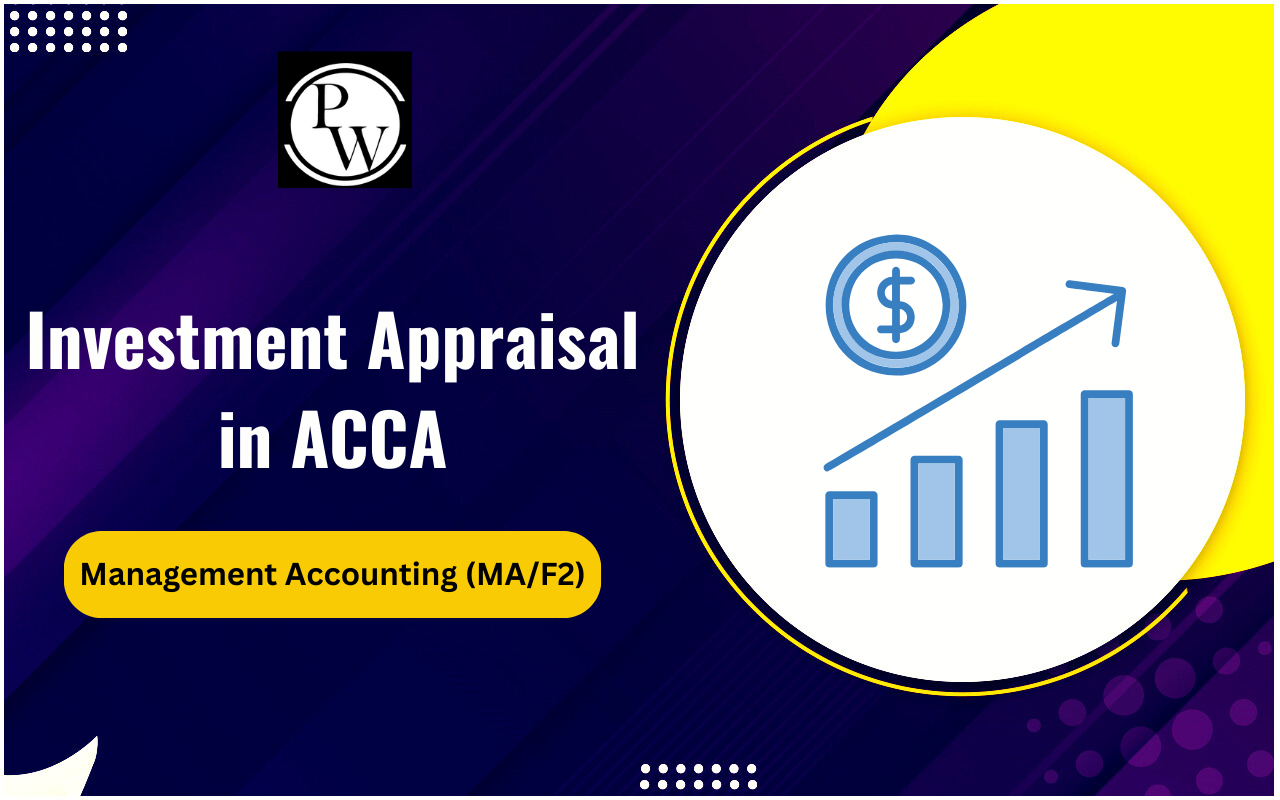
Deferred taxation can be a tricky concept for aspiring Chartered Accountants (CAs). It's one of those topics that can seem abstract and challenging at first, but once you grasp the fundamentals, it can become one of the more straightforward areas of accounting. In this guide, we’ll break down deferred taxation into digestible parts, ensuring you understand every aspect needed to ace your CA Exams .
What Is Deferred Taxation?
Deferred taxation is an accounting concept that arises when there is a difference between the tax base of an asset or liability and its carrying amount in the financial statements. Essentially, it represents taxes payable or recoverable in future periods due to temporary differences between accounting and taxable profits. In simpler terms, def taxation helps bridge the timing differences between the recognition of income and expenses for accounting purposes and for tax purposes. These differences can lead to either deferred tax assets (DTA) or deferred tax liabilities (DTL).Importance of Deferred Taxation
Understanding deferred taxation is vital for CA students for several reasons:- Accurate Financial Reporting: It ensures that financial statements accurately reflect a company's tax liabilities and assets, leading to more transparent and reliable financial reporting.
- Tax Planning: By recognizing deferred tax assets and liabilities, companies can plan better for future tax payments and benefits, optimizing their tax strategies.
- Compliance: Mastery of its principles is essential for compliance with accounting standards like IAS 12 and Ind AS 12, which govern the treatment of income taxes.
Types of Deferred Taxation
Deferred taxation can be broadly classified into two types:Deferred Tax Assets (DTA):
These arise when taxable income is higher than accounting income due to temporary differences that will reverse in the future, leading to deductible amounts.Deferred Tax Liabilities (DTL):
These occur when accounting income is higher than taxable income due to temporary differences that will reverse in the future, resulting in taxable amounts.Also Check: Difference Between Tax Planning and Tax Management
Calculation of Deferred Taxation
Calculating deferred taxation involves a few critical steps:- Identify Temporary Differences: Determine the differences between the tax base and carrying amounts of assets and liabilities.
- Tax Rates: Apply the relevant tax rates to these temporary differences.
- Recognize DTA or DTL: Based on the calculation, recognize deferred tax assets or liabilities in the financial statements.
Impact of Deferred Taxation on Financial Statements
It significantly impacts a company's financial statements:Balance Sheet: Deferred tax assets and liabilities are reported on the balance sheet, affecting the net asset position of the company.
Income Statement: Changes in deferred tax assets and liabilities affect the tax expense reported in the income statement.Cash Flow: While deferred taxation itself does not directly impact cash flow, it influences future cash flows related to tax payments and refunds.
Common Scenarios Leading to Deferred Taxation
There are several scenarios where deferred taxation comes into play:- Depreciation Differences: Different depreciation methods and rates for accounting and tax purposes often lead to temporary differences.
- Provisions and Reserves: Timing differences in recognizing provisions and reserves for accounting and tax purposes can result in deferred tax.
- Loss Carryforwards: Companies can carry forward tax losses to offset future taxable income, leading to deferred tax assets.
Practical Examples of Deferred Taxation
To solidify your understanding, let's look at a couple of practical examples:Example 1: A company uses straight-line depreciation for accounting purposes but accelerated depreciation for tax purposes. This leads to higher depreciation expenses and lower taxable income in the initial years, creating a deferred tax liability.
Example 2: A company recognizes a provision for doubtful debts in its financial statements but can only deduct these debts for tax purposes when they are written off. This timing difference results in a deferred tax asset.
Preparing for the CA exam requires a deep understanding of complex topics. PW CA Coaching offers comprehensive courses designed to help you grasp these concepts effectively. With experienced faculty, interactive learning modules, and practical examples, PW CA Courses ensures you are well-prepared to tackle deferred taxation and other challenging subjects in your CA exams.| Also Check | |
| Branches of Accounting | Scope of Management Accounting |
| Methods of Cost Accounting | Basic Accounting Terms |
| Scope of Financial Accounting | 3 Golden Rules of Accounting |
Deferred Taxation FAQs
What is deferred taxation?
Why is deferred taxation important?
What are deferred tax assets and liabilities?
How is deferred taxation calculated?










